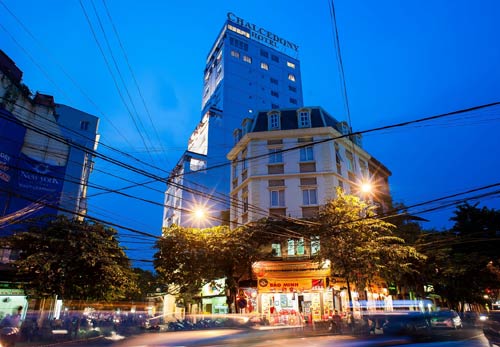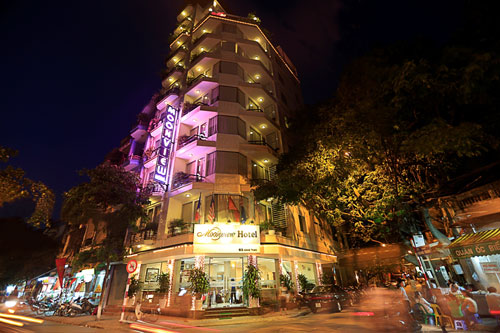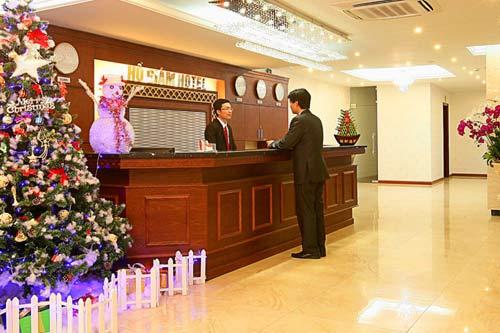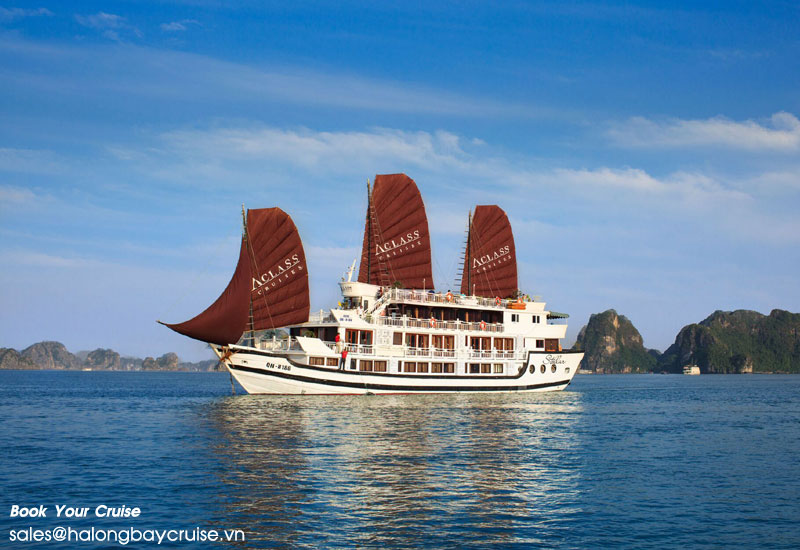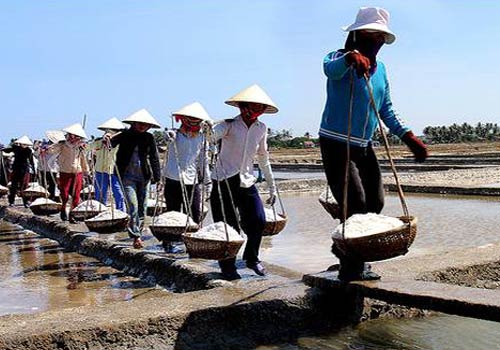
In each region of Vietnam, lifestyles differ, but there are some aspects of life which remain fundamentally the same. The family is the center of Vietnamese life
Many homes support large extended families with grandparents, aunts uncles, and cousins all living under the same roof. Although the government encourages, and rewards people for small families, the average number of children per couple is four. Respect is important in the family. Each person has his or her own place with the father or eldest son as the head of the household, and the one who gets the most respect. Every member of a family must work hard.
Eighty percent of the population of Vietnam lives in rural villages scattered throughout the lowlands and mountains. Villages in the north consist of a group of houses with a temple or central building as a town center and social meeting place. Southern villages are houses lined up along a central road. Many houses are built on stilts to keep above flood waters. Many rural families don't want or can't afford to have running water or electricity. People living in the lowlands make money by farming. There are several state owned farms as well as private, family run ones. People grow rice, fruits and vegetables, sugarcane, tea, or coffee. Some families raise livestock for extra money. Along the coast, in addition to farmers, there are many fishermen. People who live in the central highlands and the northern mountains are very self sufficient. They only buy things that they cannot make, grow, trap, or hunt. To obtain money, mountain dwellers grow certain types of rice, harvest the rubber trees, and work with coffee and tea. Some are also involved in the illegal growing and harvesting goes the opium poppy.
The life of a farmer is hard. People must rise before the sun comes up to get started on their work. They take a break in the middle of the heat of the day, and then return to the fields. Each member of a family has certain jobs to perform. Men do heavy labor like plowing and digging. Women work around the house, and help with the harvest, planing and weeding. Elderly people do light labor. Girls clean, cook, and work in the vegetable garden; while boys carry water, and help the men in the field. The entire family helps out during planting and harvest. Typical clothing worn by farmers is lose pants and shirts (or skirts for some women) that can be easily rolled up and kept out of water an mud. Most people wear sandals or go barefoot. All over Vietnam people wear conical shaped hats called nonla to protect them from the scalding sun and heavy rains.
The other twenty percent of the inhabitants of Vietnam live in cities. They have jobs just like the jobs people living in cities all over the world have. There are construction workers, office secretaries, merchants, street vendors, teachers, government workers, factory workers, and many other occupations. Cities experience more of the western influence than rural areas do. People wear western clothing such as jeans and T-shirts, and do things like people in Europe and America do. Most families live in small, crowded apartments, or in government housing. The city is very crowded, and streets are often crammed with bikes, motorbikes, scooters, and some cars very early in the morning. Street vendors are all over. One can pick up a meal or snack from them as soon as he gets hungry. Overpopulation is a problem in cities. The government encourages couples to have only to children, but many have more They are also trying to resettle families into the less crowded mountains.
City life is also hard. Many people must take two jobs to get enough money to support their families. Both men and women work, although men do most of the heavy labor and hold positions of authority. Everybody gets up early in the morning. Work starts at about 7, but before that people are up and about, and in public parks exercising, or at open markets buying the day's groceries. Children go to school for half the day; either in the morning or afternoon shift, then go home to work, study, or play. Women buy food and necessities on the way to or from work. Most families eat at about 6 or 7 PM and go to bed at about 10 or 11.
Homes are small and sparsely furnished. Straw mats are used for both sleeping and sitting. Meals are eaten on a low table, in low down chairs. Food is often cooked outside, or on three legged wood or coal burning stoves in the main room. In the country, electricity and running water are rare. In cities, they are in many homes, but most families don't have appliances such as refrigerators or TVs.
TOP HOTELS
Promotions
TOP TRAVEL DESTINATIONS
HOTEL OFFERS
Vietnam Hotels
Vietnam Hotels: Hotel84.com offers the choice of over 2500 hotels in Vietnam. Our hotel reviews will help you find the best deal, while you are in Vietnam. Find hotels and book great Vietnam hotel at great prices.


